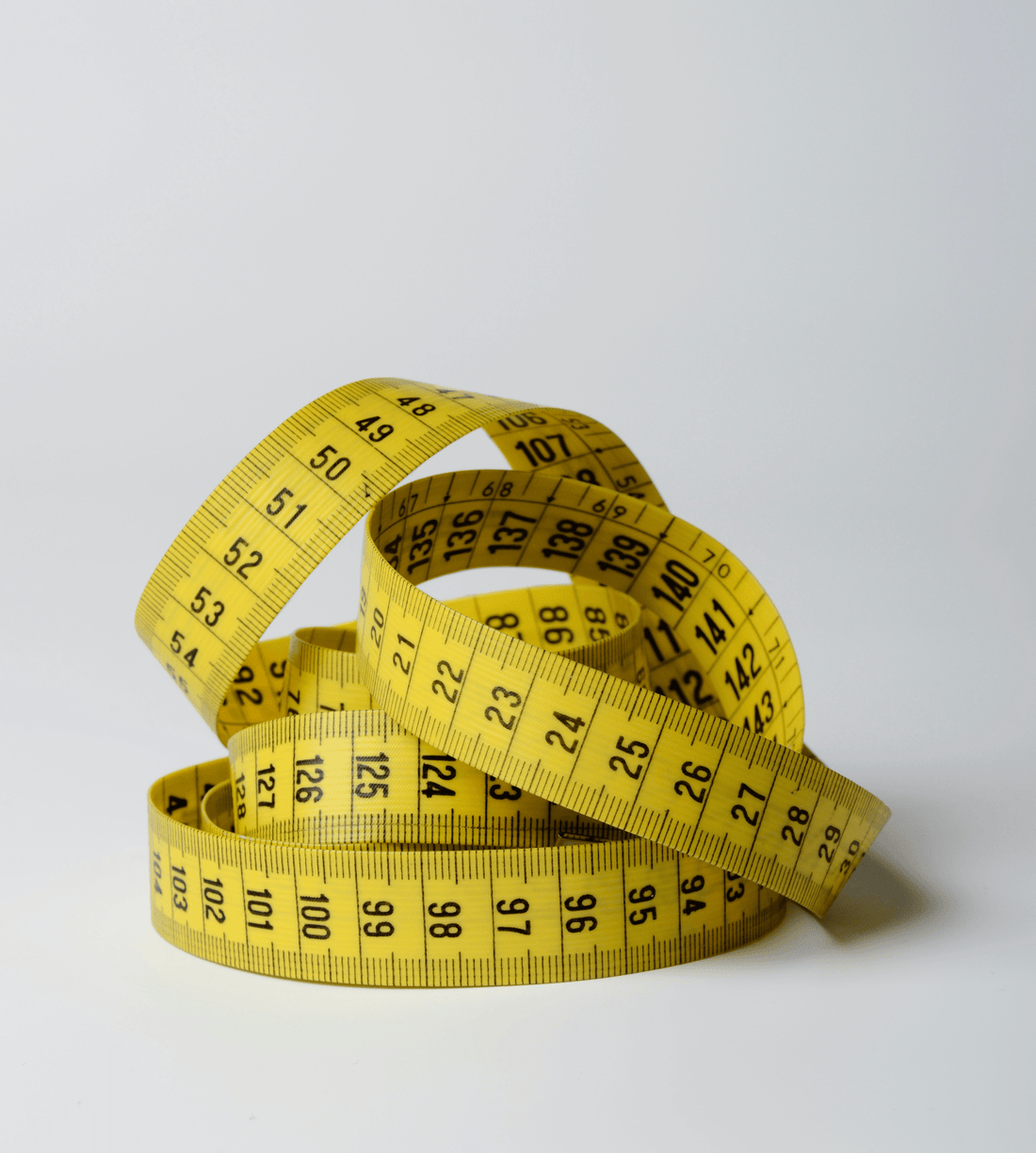
Mastering Gauge Swatches: A Guide for Accurate Knitting
Knitting a gauge swatch is essential for achieving the right fit in your projects. In this guide, we'll cover the basics of creating a gauge swatch, determining the correct gauge, and what to do if adjustments are needed. Whether you're working with bulky, fingering, or any other yarn weight, these tips will help you knit with confidence.
Creating a Gauge Swatch:
-
Yarn and Needle Selection: Choose a yarn that matches the weight recommended in your pattern. Consult the yarn label for suggested needle sizes. Start with the recommended size and adjust if needed.
-
Cast On: Using the appropriate needle size, cast on 10 more stitches than the gauge on the label suggests with make a 4 inches (10 cm) square, in order to get an accurate measurement and have a little wiggle room!
-
Knit a Swatch: Work in the stitch pattern specified by your pattern for a few inches, typically, that'll be stockinette. Maintain consistent tension throughout your swatch, neither pulling too tightly nor knitting too loosely -- essentially, knit normally! Slip the first stich of every row so the edges don't curl. You can even start and finish each row with a few knit stitches to create a garter stitch border.
-
Measure Gauge: After binding off, block your swatch, then once dry lay your swatch flat and measure the number of stitches and rows per inch using a ruler or gauge measuring tool. Calculate the average if needed.
Determining the Correct Gauge:
Compare the stitch and row count of your swatch to the gauge specified in your pattern. If they match, you're on the right track! Your gauge is correct, and you can proceed confidently.
What to Do If Your Gauge Doesn't Match:
-
Adjust Needle Size: If your swatch has too many stitches or rows per inch, switch to larger needles to create a looser tension. For too few stitches or rows, try smaller needles to tighten the tension. Repeat the swatching process with the modified needle size.
-
Knit Another Swatch: With the adjusted needle size, knit a new swatch, ensuring you maintain consistent tension. Measure the gauge again and compare it to the pattern's requirements.
-
Continue Iterating: If needed, repeat the process of adjusting the needle size and knitting new swatches until you achieve the desired gauge. Remember to always create a new swatch when modifying needle sizes.
Creating a gauge swatch is an essential step in knitting projects regardless of the yarn weight you're working with. By following the steps to create a swatch, determining the correct gauge, and adjusting needle sizes if necessary, you'll ensure your finished project fits beautifully. Take the time to knit a gauge swatch—it's a small investment that will make a big difference in the quality of your knitting. Happy knitting!